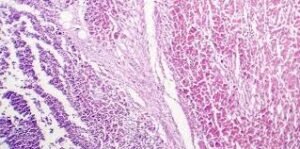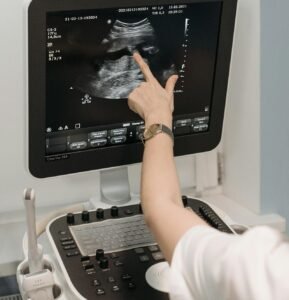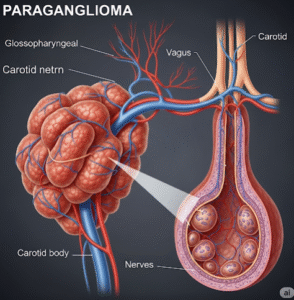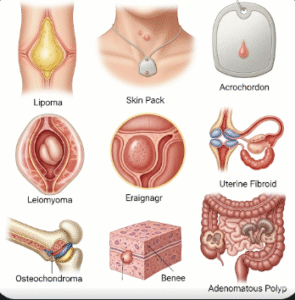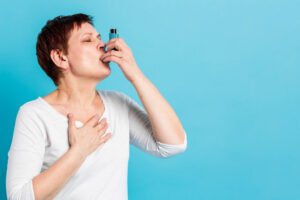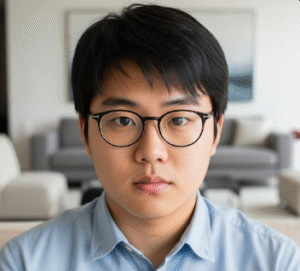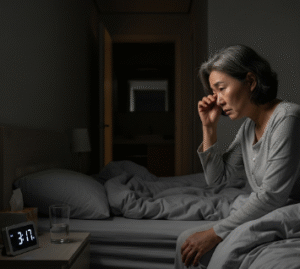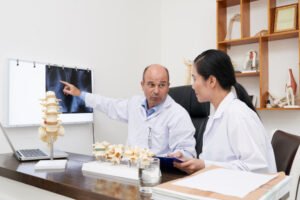What It Is
The latissimus dorsi flap is a reconstructive surgery that uses muscle (latissimus dorsi), skin, and fat from the upper back to repair large or complex defects in other areas of the body. This flap can be transferred as a pedicled flap (still attached to its original blood supply and tunneled to the defect) or as a free flap (completely detached and reconnected using microsurgery).
It is one of the most versatile flaps in reconstructive surgery and is commonly used for breast reconstruction, chest wall repair, head and neck reconstruction, and limb salvage procedures. The flap provides reliable blood supply, bulk tissue coverage, and durability, making it suitable for both functional and cosmetic reconstruction.
Why It’s Done
Patients undergo latissimus dorsi flap surgery because:
- They need breast reconstruction after mastectomy.
- They require coverage of large wounds from trauma, burns, or tumor removal.
- They need durable, well-vascularized tissue to cover exposed implants, bone, or vital structures.
- Other reconstructive options (skin grafts or smaller flaps) are insufficient.
Good candidates include:
- Patients with large or deep defects requiring tissue bulk.
- Women undergoing breast reconstruction who lack adequate abdominal tissue for DIEP flaps.
- Individuals in good health who can tolerate major surgery.
Alternatives
- DIEP or TRAM flap: For breast reconstruction using abdominal tissue.
- Radial forearm or ALT free flaps: For thinner tissue needs in facial or oral reconstruction.
- Skin grafts: Suitable for superficial wounds but not for deep or complex defects.
Preparation
Before undergoing latissimus dorsi flap reconstruction in Korea, patients will:
- Have a consultation with a reconstructive surgeon and possibly imaging (CT or Doppler ultrasound) to assess blood supply.
- Complete routine medical evaluations (bloodwork, ECG).
- Stop smoking and alcohol at least 4 weeks before surgery.
- Discontinue blood-thinning medications and supplements.
- Discuss scar placement on the back and donor site expectations.
How It’s Done
- Anesthesia: General anesthesia is required.
- Flap harvest: The latissimus dorsi muscle, with or without skin and fat, is elevated from the back.
- Transfer:
- Pedicled flap: The flap is tunneled under the skin to the chest (commonly for breast or chest wall reconstruction).
- Free flap: The flap is detached and transferred to another body site; blood vessels are reconnected using microsurgery.
- Closure: Donor site on the back is sutured, sometimes requiring a skin graft if a large flap is taken.
- Duration: 4–8 hours depending on complexity.
Recovery
- First week: Swelling, pain, and drainage tubes at both donor and recipient sites.
- Hospital stay: Usually 5–10 days for monitoring.
- Mobility: Shoulder movement may be temporarily restricted, requiring physiotherapy.
- Return to activities: Light activities in 2–3 weeks; full recovery in 6–12 weeks.
- Final results: Durable tissue coverage and improved contour within 3–6 months.
Possible Complications
- Seroma (fluid buildup) at the donor site.
- Shoulder weakness or stiffness (since the muscle is involved in arm movement).
- Partial flap loss or necrosis (rare with proper vascular supply).
- Donor site scarring or contour irregularities.
- Rare risks: infection, delayed healing, or asymmetry.
Treatment Options in Korea
Diagnosis
Korean reconstructive surgeons use imaging studies and 3D surgical planning to evaluate donor and recipient sites, ensuring optimal flap design.
Medical Treatments
For smaller wounds, conservative care (dressings, negative pressure therapy, or skin grafts) may be attempted before surgery.
Surgical or Advanced Therapies
- Pedicled latissimus dorsi flap for chest wall and breast reconstruction.
- Free latissimus dorsi flap for large defects of the head, neck, or limbs.
- Musculocutaneous flap (muscle + skin) for defects requiring both bulk and skin coverage.
- Muscle-only flap for deep cavities or implant coverage.
Rehabilitation and Support
- Postoperative physiotherapy to restore shoulder strength and flexibility.
- Scar management with silicone gels, laser therapy, or microneedling.
- Long-term follow-up to monitor flap durability and cosmetic refinement.
- International patients benefit from Korea’s advanced microsurgical units and multilingual aftercare services.


